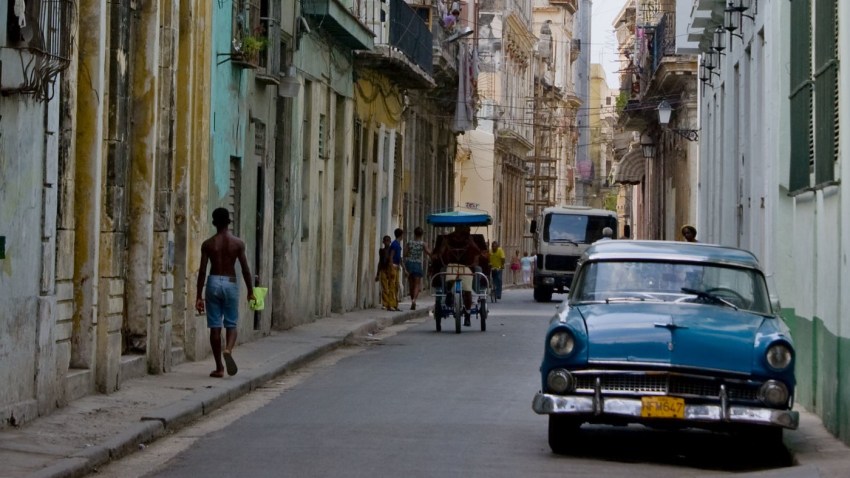Residents in Cuba’s second-largest city, Santiago, say the government has moved to address local grievances after several hundred people in the city protested against food shortages and lengthy power outages on March 17. Cuban President Miguel Diaz-Canel visited Santiago last week, and the government has begun to distribute subsidized rations while also supplying power more regularly to the city, Reuters reports.
Our Take
The protest in Santiago and the government’s attempts to smooth over the grievances of its residents highlight the double bind Cuba’s leadership finds itself in—and underscore just how much Cuba’s fortunes have changed in less than a decade.
Back in 2015, it seemed like Cuba was entering a new era. Then-President Raul Castro wanted to bring the country’s economy into the 21st century, with more private entrepreneurship and greater openness to global markets. The normalization of ties with the U.S. under the Obama administration, accompanied by expanded trade and relaxed travel restrictions for U.S. citizens, was a promising—and lucrative—first step in that process.

